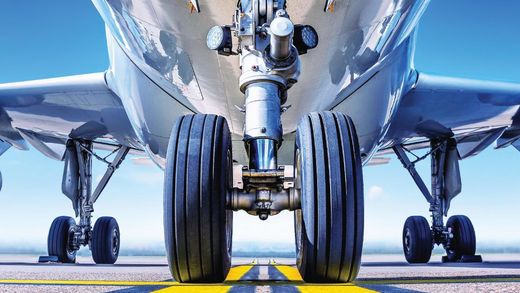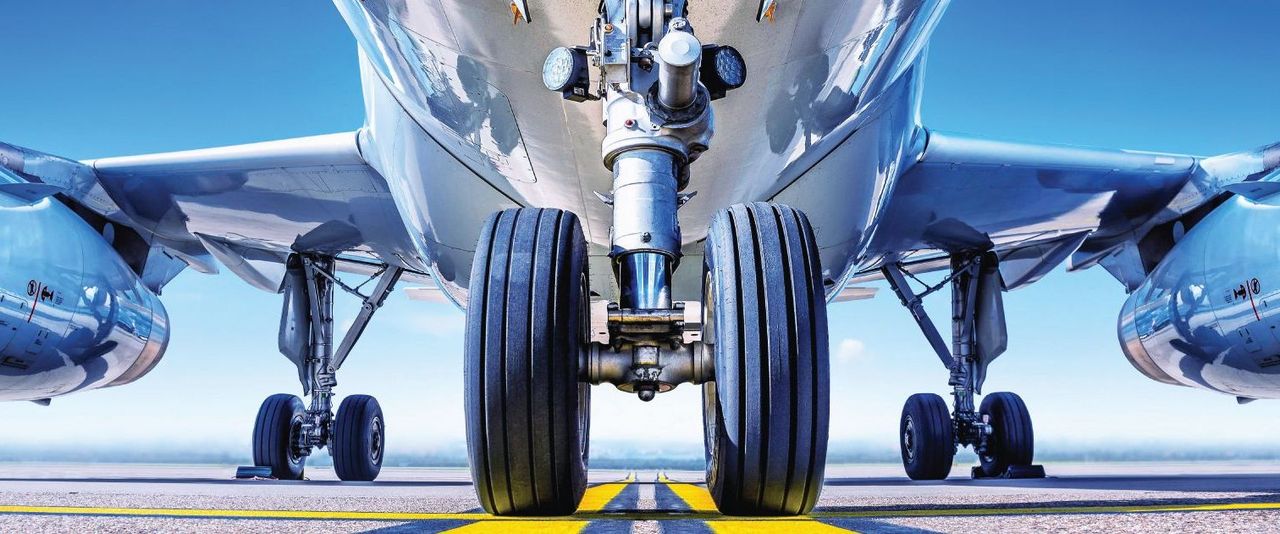Methods for Grinding Engine Components
Aerospace manufacturers all want the same thing: high part quality and increasingly higher productivity. There are a variety of different ways to realize these goals for surface and profile grinding of engine components such as blades, vanes, and shrouds. Some aerospace companies want to perform as many operations as possible on a single-machine platform. The number of required workpiece setups should be kept as low as possible and feature a high degree of automation. Other companies prefer multiple single-process grinding systems that are less complex but just as productive and precise.
UNITED GRINDING understands that not all aerospace companies have the same preferences when it comes to producing parts. That’s why our first question for manufacturers is whether they want highly automated unattended operations or simple attended machines to achieve their specific manufacturing goals.
Different Manufacturing Processes
More complex machines and processes are required if a company wants its operations to run unattended. That also means more complex engineering and hence more complex technologies. On the other hand, manufacturers looking for simpler processes also need less sophisticated machines with high throughput and easy clamping and programming.
One challenge with both manufacturing processes is that the workpieces are extremely expensive. The quality of the finished component must also be achieved reliably and consistently. Finally, the grinding process must be stable and manageable.
Dominant Technologies
We see two dominant technologies in the manufacture of blades, vanes, and shrouds for the aerospace industry:
- CD (Continuous Dress) creep feed grinding
- Conventional creep feed grinding.
The CD grinding process has been specially developed for the turbine industry. The machines are complex. The process can be somewhat costly in terms of consumables, as grinding wheels, which are continuously dressed, wear faster. However, the process is highly dependable and super productive, which has resulted in CD technology being used widely in the aerospace industry, especially in highly automated operations.
For this reason, the MÄGERLE MFP 50 and MÄGERLE MFP 51, as well as the BLOHM PROFIMAT MC 607 from UNITED GRINDING, are fitted with the following features, among others:
- CD dressing units
- 5-axis
- Wheel and workpiece changers
- In-process gauging
As an added benefit, these machines also offer the option of milling and drilling. They offer the highest level of multitasking efficiency and can process parts completely in a single setup.
For production companies in the aerospace industry that wish to process parts with high throughput, we recommend the BLOHM PROFIMAT MT and PLANOMAT HP grinding machines. Both provide high power, aggressive removal rates, and servo-driven ball screws for higher feed rates and acceleration. Table speeds reach up to 40 m/min. Galvanic bonded CBN grinding wheels, which do not require dressing, are often used on these machines. This eliminates the need for numerous additional components such as dressing units. Creep feed grinding with CBN wheels is primarily used for machining blades in multi-axis machining.
Keeping Pace With Industry
Whether simple or complex, CD dressing or conventional creep feed. UNITED GRINDING machines possess all the necessary abilities and accessories for high-quality and high-performance production of rotor blades, guide vanes, and shrouds.
In the future, we will have to deal with newly developed materials in the aerospace industry. This in turn requires that we work closely with manufacturers in the aerospace industry. With this, we can ensure that they always have the best grinding technology—and a proven process that has been specially developed for their part applications and production requirements.
The Following Products Appear in This Article:
We are always glad to answer your questions. Contact us!












